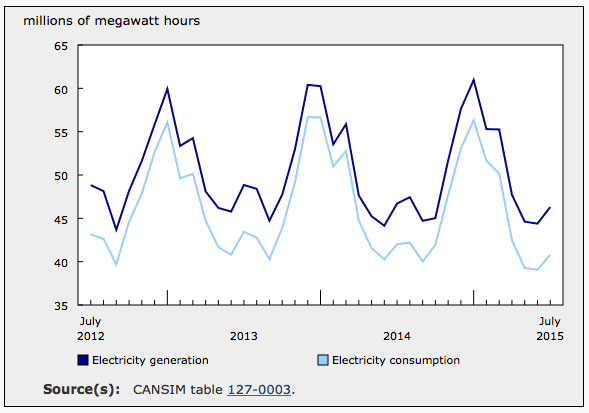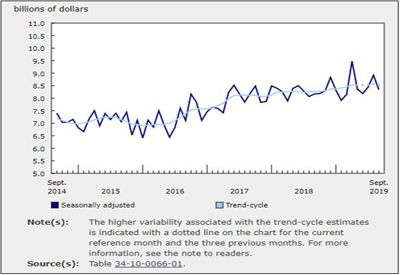Top 10 Worst things to Say to Angry Customers

Feb 4, 2019
By Jeff Mowatt
You may have great products but you can still have customer service problems caused by bad weather, equipment failures, or human error. While you can’t control external events, you can control what you say to upset customers. Certain phrases will serve to either diffuse or enflame. After over 20 years of speaking at conferences and training teams on customer service, here are my top 10 worst things to say to unhappy customers (from least offensive to worst), along with tips for regaining trust.
10. “Want the good news or bad?”
When customers hear bad news they tend to catastrophize. They become so focused on the obstacles that they don’t see the bigger picture. So when you have both good news and bad to deliver, begin with the good. That way they begin with the proper perspective.
9. “Bear with us.”
To customers, that phrase comes across as an order. It also implies that your service is something to be tolerated. When problems occur, it’s better to express appreciation than give orders. Instead, say: “We appreciate your patience.”
8. “We can’t…”
Customers don’t want to hear what you can’t do. You need to move quickly to, “Here’s what we can do…”
7. “It won’t be here until…“
Similar to phrase #8, the wording here is negative. Instead, word your message positively with, “It will be here as soon as…”
6. “Yes, but…“
The word “but” negates whatever precedes it. Responding to a customer with, “Yes, but…” means you’ve started an argument. Instead, replace but with and as in, “Yes, and…”
5. “Looks like shipping messed-up.“
Blaming other employees, departments, or suppliers looks like deflecting responsibility. You represent your company so take ownership on behalf of your entire team with words like, “Looks like we messed up.” Better yet state, “Your problem just became my problem. I’m going to pursue this until it’s resolved and you tell me you’re satisfied.”
4. “Why didn’t…?”
Asking a customer why something was or wasn’t done is inviting them to start blaming. You’ll get answers like, “I guess so-and-so must have messed-up.” It makes things worse. Next time you’re gathering information, ask who, what, where, when, and how questions. Don’t ask why.
3. “Our policy is…”
When foul-ups occur customers don’t want to hear your standard procedures. After all, mistakes should be a rare occurrence right? Instead, explain why the policy is there. If the policy doesn’t make sense, then obviously it should be changed. When training your team, make sure everyone understands which procedures are meant to be guidelines, not policies.
2. “What do you want us to do?”
The customer’s response to this question may be physically uncomfortable: “I’ll tell you what you can do with this product!” Instead ask, ‘What will work best for you?’ Another option is to state, “We want to do the right thing. What do you think would be fair?” Then, on top of fixing the problem add a slight extra that helps compensate customers for the hassle. That way you convert an upset customer into an advocate.
1. “You jerk!” (or other colourful names when a customer swears at you)
I believe employees are paid to take the heat, not the abuse. When dealing with a customer who is swearing at you over the phone, state, “Mr. X, I want to help you. But I can’t help you when you’re using that language. So, let’s resolve this without using that language.” If they continue swearing, then say, “Mr. X, as I said, I want to help you but I can’t help you when you’re using that language. So, I’m going to hang up now. Please call back when you’re ready to talk about this without using that language. Good-bye.” Then, immediately brief your supervisor so they’ll be forewarned when the caller phones asking to speak with the manager.
Bottom line: it’s human nature for employees to want to avoid dealing with angry customers. But in the real world of delays and occasional mistakes, avoiding confrontation is impossible. Now and then, things will go wrong. In too many organizations the default becomes, “You’ll need to speak with my manager.”
Of course, this worsens customer aggravation because it forces them to repeat themselves. And it makes employees feel like doormats. You’ll have happier customers and a more engaged workforce by equipping your team with simple communication tools to use when things go wrong.
This article is based on the bestselling book, Influence with Ease by Hall of Fame motivational speaker Jeff Mowatt. To obtain your own copy of his book or to inquire about engaging Jeff for your team, visit www.jeffmowatt.com. Watch for more articles from Jeff in future issues.











